Space
Sign up for our newsletter
We summarize the week's scientific breakthroughs every Thursday.
-
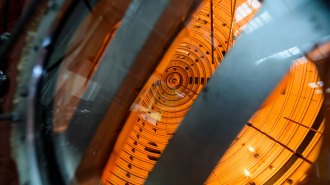 Astronomy
AstronomyIn a first, physicists re-created the sun’s spiraling solar wind in a lab
Some of the sun’s fundamental physics have been re-created with plasma inside a vacuum chamber
-
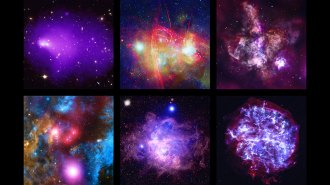 Astronomy
AstronomyNASA’s Chandra X-ray telescope celebrates 20 years in space
The U.S. space agency has released new images for the Chandra X-ray Observatory’s 20th birthday.
-
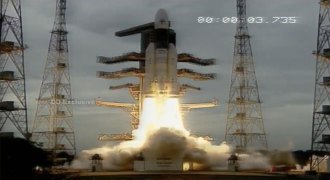 Planetary Science
Planetary ScienceIndia’s first lunar lander is on its way to the moon
India’s Chandrayaan 2 mission just launched, hoping to become the first Indian spacecraft to land on the moon.
-
 Cosmology
CosmologyScientists still can’t agree on the universe’s expansion rate
A mismatch in measurements of how fast the universe is expanding might not be real, a study hints.
-
 Earth
EarthNight-shining ‘noctilucent’ clouds have crept south this summer
Clouds high in the atmosphere that catch the sun’s rays even after sundown may be seen farther from the poles due to an increase in moisture in the air.
-
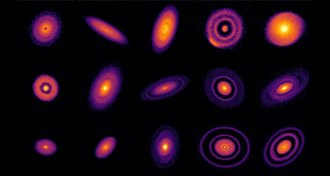 Astronomy
AstronomyGaps in gas disks around stars may not always mark newborn planets
New research has prompted a rethink of the theory that gaps in planet-forming disks around young stars mark spaces where planets are being created.
-
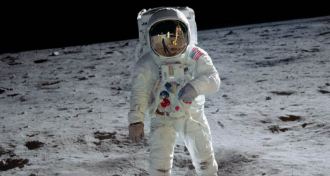 Planetary Science
Planetary ScienceAccolades, skepticism and science marked Science News’ coverage of Apollo
Science News’ coverage of the Apollo program stayed focused on the science but also framed the moon missions in the broader social and political context of the era.
-
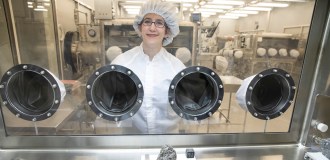 Planetary Science
Planetary ScienceHow NASA has kept Apollo moon rocks safe from contamination for 50 years
NASA wouldn’t let our reporter touch the Apollo moon rocks. Here’s why that’s a good thing.
-
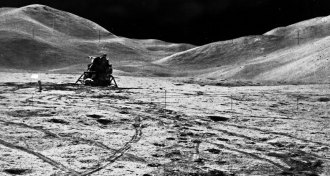 Planetary Science
Planetary ScienceApollo astronauts left trash, mementos and experiments on the moon
Here’s what planetary scientists are learning from the remains of Apollo outposts, and how archeologists hope to preserve it.
-
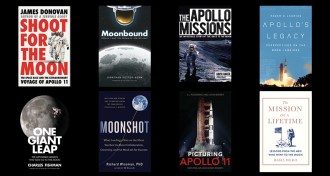 Planetary Science
Planetary ScienceCelebrate the moon landing anniversary with books that go beyond the small step
New books about Apollo 11 and the mission to the moon offer something for everyone, from astronomy lovers to fans of graphic novels and self-improvement buffs.
By Science News -
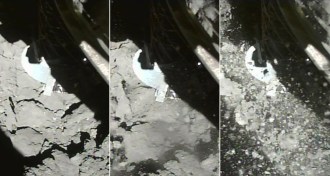 Planetary Science
Planetary ScienceHayabusa2 may have just snagged bits of asteroid Ryugu’s insides
In its second sampling attempt, Hayabusa2 became the first spacecraft to try to pick up some of an asteroid’s guts.
-
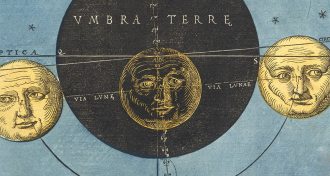 Planetary Science
Planetary ScienceSee how visualizations of the moon have changed over time
To celebrate the 50th anniversary of the moon landing, here’s a collection of images that show how the moon has been visualized over the ages.